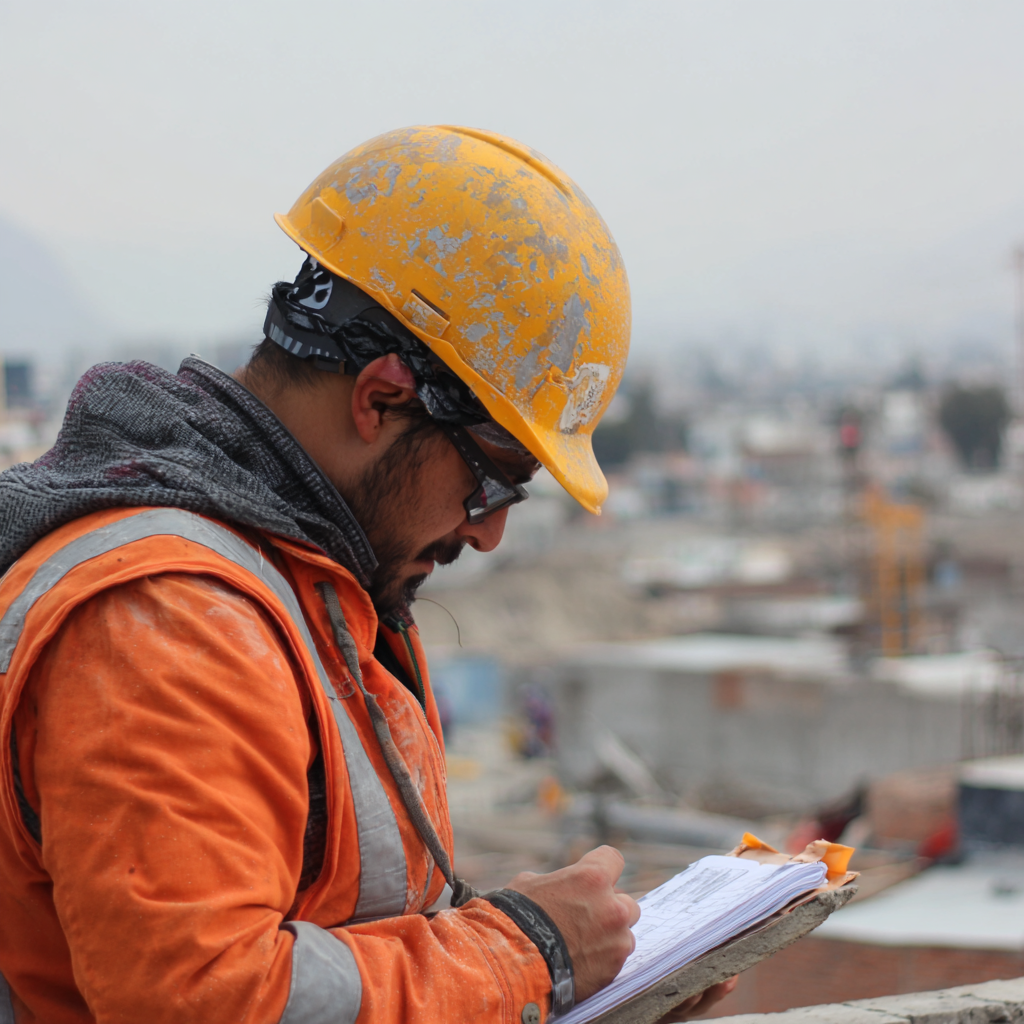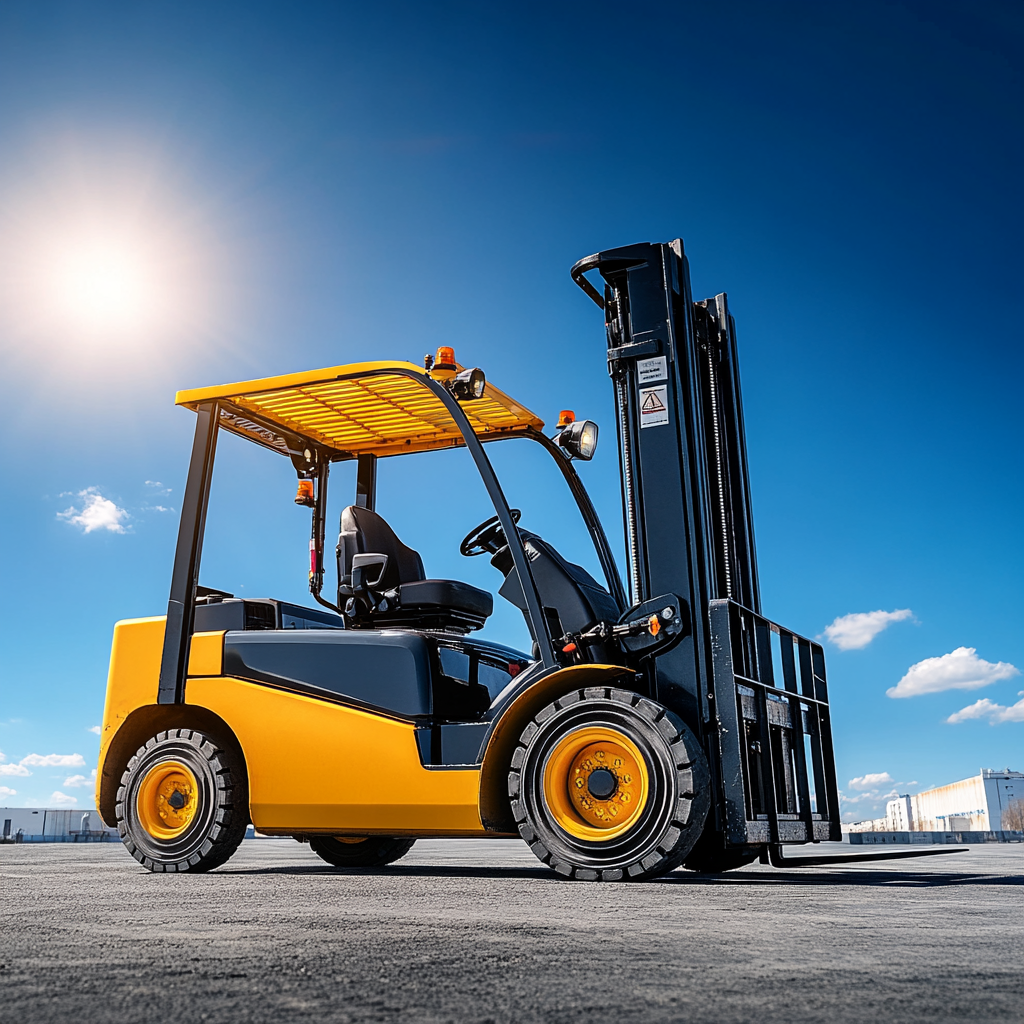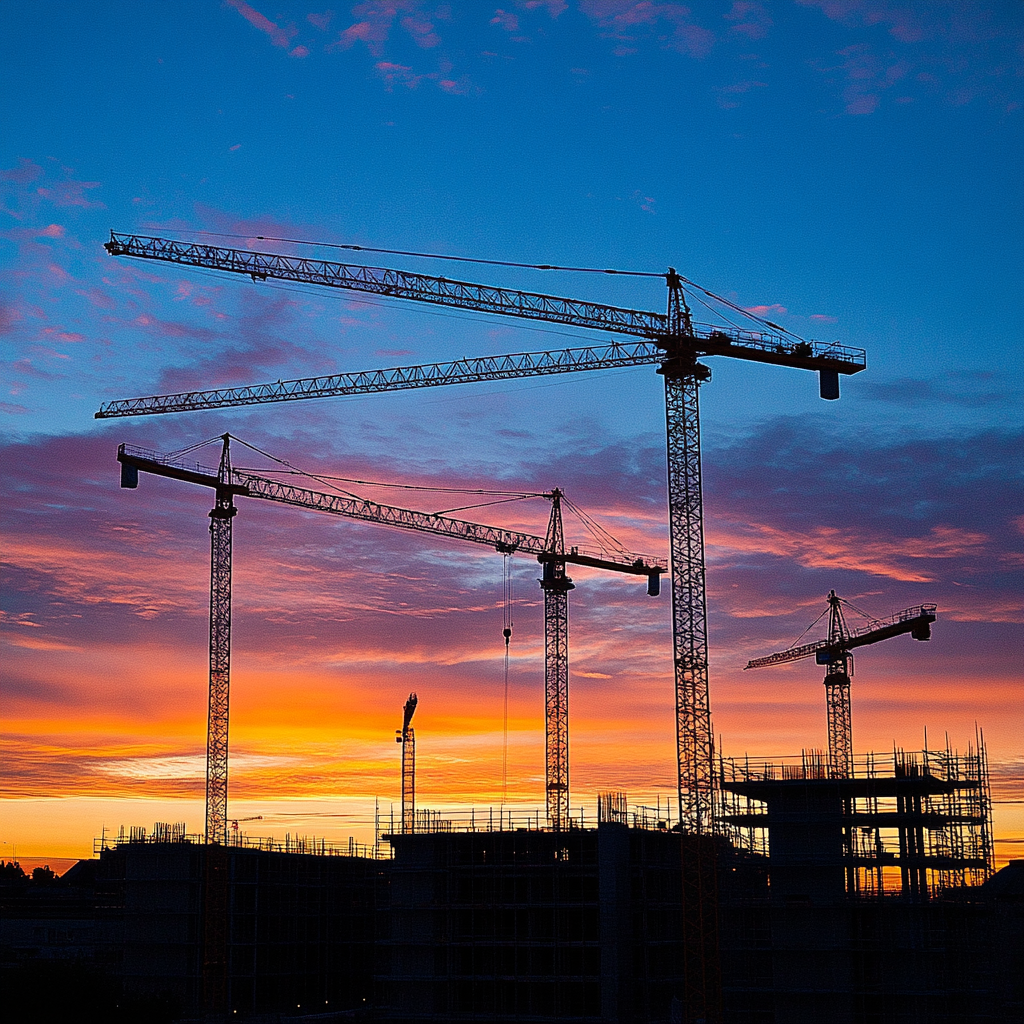Mastering the Equipment Axis: Why Maintenance Plans and KPIs Are the Backbone of Safe Operations
In lifting and earthmoving operations, equipment is more than a tool—it’s the backbone of productivity and safety. At SmartLift, we define safety through three key axes: Personnel, Procedures, and Equipment. Today, we’ll focus on the Equipment Axis, specifically on two critical elements: maintenance plans and key performance indicators (KPIs).
Why Maintenance Planning Matters
- Unexpected breakdowns that stop operations in their tracks
- Increased OSHA citations due to missed inspections or noncompliance
- Higher repair and replacement costs from avoidable failures
- Unsafe working conditions for operators and crews

With a structured plan, you gain:

PREDICTABILITY
You know when machines will be out of service for upkeep.

RELIABILITY
Equipment is kept in optimal condition, reducing downtime

COMPLIANCE
Regular inspections and service meet OSHA and ASME standards.

SAFETY
Machines are less likely to fail under load or pressure
Best practices include:

- Time-based maintenance (service after set intervals)
- Usage-based maintenance (based on operating hours, lifts, or cycles)
- Predictive maintenance using tools like vibration analysis, oil sampling, or thermography for critical components
Maintenance isn’t a cost—it’s an investment that pays off in uptime, safety, and reduced liability.
The Power of KPIs in Equipment Safety
The Power of KPIs in Equipment Safety.
“You can’t improve what you don’t measure.” That’s why tracking KPIs (Key Performance Indicators) is essential to managing the Equipment Axis. KPIs turn data into insight, giving leaders a clear picture of performance, risks, and opportunities.
Some of the most impactful KPIs include:
MTBF (Mean Time Between Failures): Measures equipment reliability over time.
- MTTR (Mean Time To Repair): Reflects how quickly your team can respond to issues
- PM Compliance Rate: Percentage of scheduled maintenance completed on time
- Emergency Maintenance Ratio: How much of your maintenance is unplanned/reactive (goal: <20%)
- Inspection Pass Rate: Indicates mechanical health and operator readiness
- Downtime per Asset Class: Helps prioritize investment and replacement decisions.
Tracking these indicators creates a feedback loop that drives continuous improvement, stronger compliance, and better decision-making.
Bringing It All Together
The maintenance plan is your roadmap. The KPIs are your dashboard. Together, they create a complete system of control for the Equipment Axis.
When your maintenance is proactive and your KPIs are closely monitored, you achieve:
- Fewer accidents and OSHA citations
- Higher equipment availability and productivity
- Lower lifecycle costs of your fleet
- Stronger confidence from crews and clients
